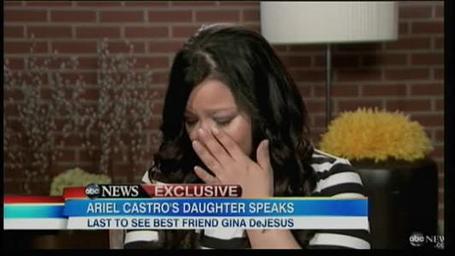In the states, our television characters are beautiful, perfect actors who are heavily reliant on their good looks for their fan bases. Their flaws are minimal, and when these minute flaws are present, they are carefully scripted to enthrall the hearts and souls of many a teenage girl. These shows are careful in their development as well, clever endorsements are surreptitiously placed, and the heavy media influence almost ingrains what is expected out of America’s youth as they develop into adults.
However, this past year the UK released a new television show that has the potential to change the social stigma on the life of a teenager. The show is called “My Mad Fat Diary” which is based off her own collection of diary entries turned book, “My Mad Fat Teenage Diary.” Though some elements are made up for plot purpose, the show is devastatingly real and it displays the true occurrences of life from the viewer’s eyes. The show is about Rachel (Rae) Earl, a sixteen year old girl living in Lincolnshire, Stamford, England after being released from a four month stay at a mental hospital. She’s sixteen years old, and is reemerging into the normal world while participating in outpatient therapy to find the root of her breakdown. The cause of the break down is not revealed until the final episodes.
When she arrives in her home town from the hospital, Rae has an encounter with her old friend, Chloe. During the awkward meeting, Rae finds out her mother has lied to everyone about her true location the past four months. It has been accepted by the people of Lincolnshire that she has been in France on vacation. Chloe invites Rae to the pub to hang out with her friends as a welcome back celebration. This begins Rae’s joumey to a true life. As the show progresses, she learns to confront the problems that exhibit themselves .
 With her new therapist, Kester, her eating disorder ridden friend, Tix, from the hospital, Chloe and the gang, Rae begins to learn what triggered her breakdown and who her true friends are. The show does not stray from the problems at hand: eating disorders, sexuality, mental health, gay and lesbian insecurities. The masks teens wear everyday are thrust before the viewer in a simple acknowledgement of life as most know it. This show is not one of sheltered dreams that have been delivered to American youth for years.
With her new therapist, Kester, her eating disorder ridden friend, Tix, from the hospital, Chloe and the gang, Rae begins to learn what triggered her breakdown and who her true friends are. The show does not stray from the problems at hand: eating disorders, sexuality, mental health, gay and lesbian insecurities. The masks teens wear everyday are thrust before the viewer in a simple acknowledgement of life as most know it. This show is not one of sheltered dreams that have been delivered to American youth for years.
“My Mad Fat Diary” could be called pioneering in the development of television shows; it’s agonizingly real, utterly true, and at times painfully relatable. Teenagers should be shown the true facets of life well before they come face to face them, the day when they are alone and confused about what they think is wrong with them.
“My Mad Fat Diary” is a show with the potential to bring with it a slice of true reality and a happy ending, too. For that and the lessons it offers, that piece of hope is something for which some people could not be more grateful.






